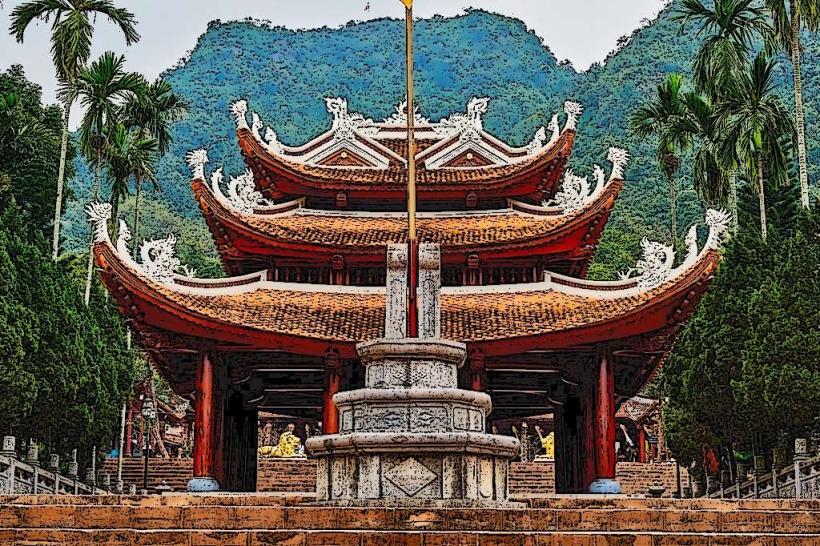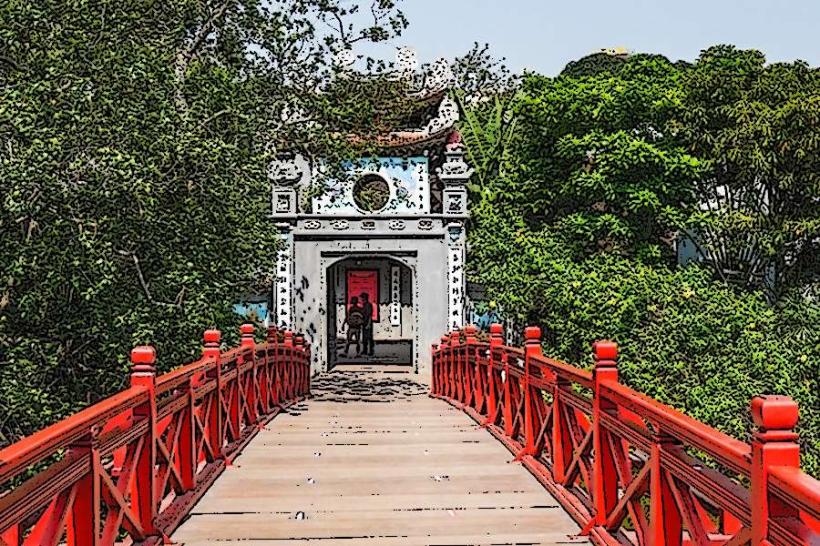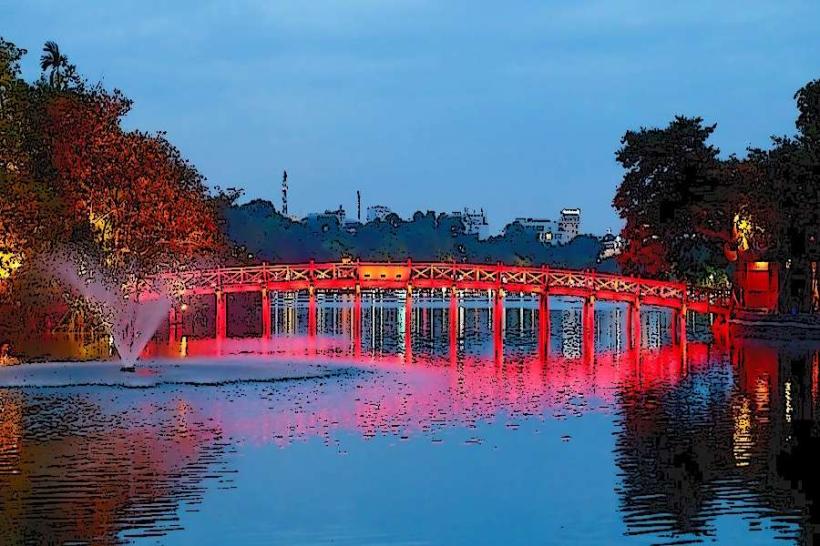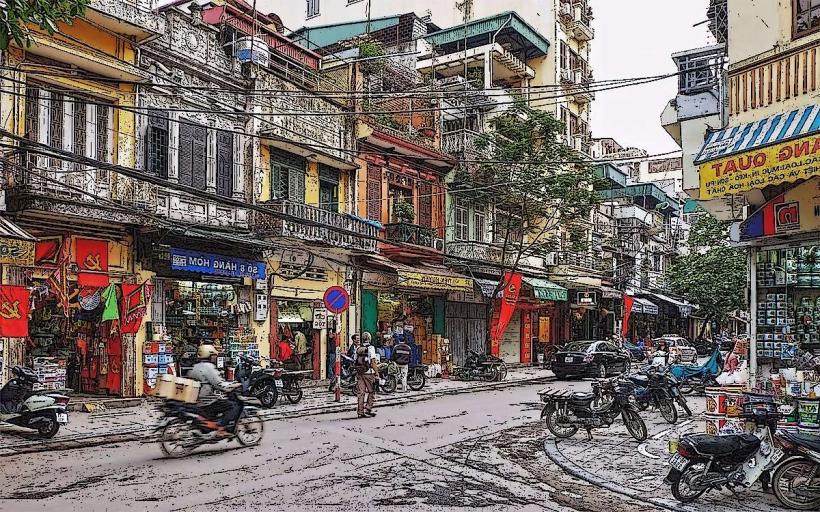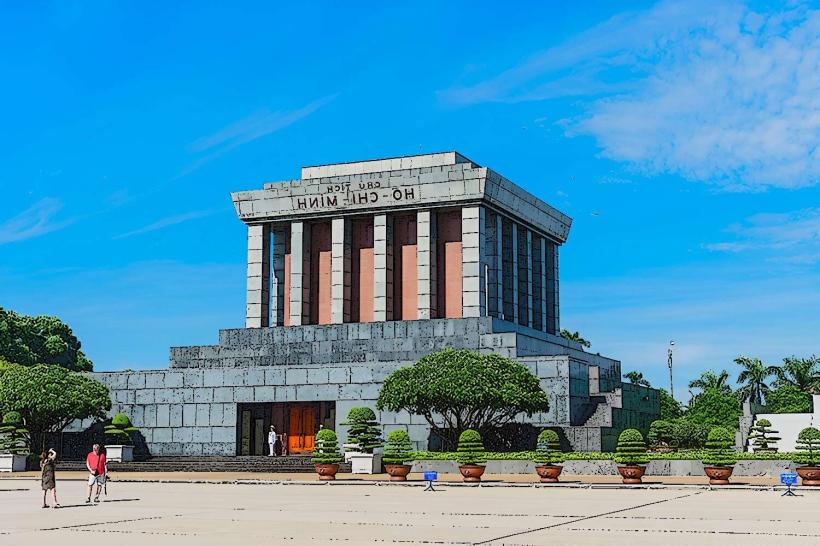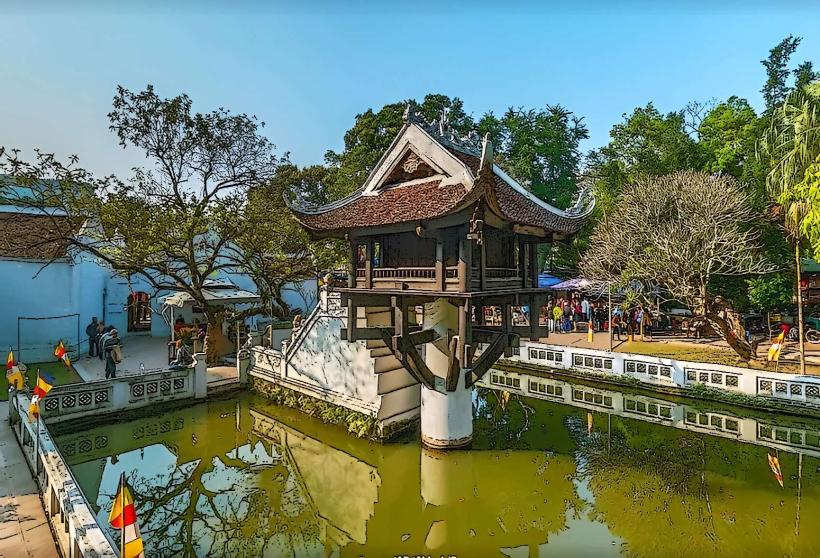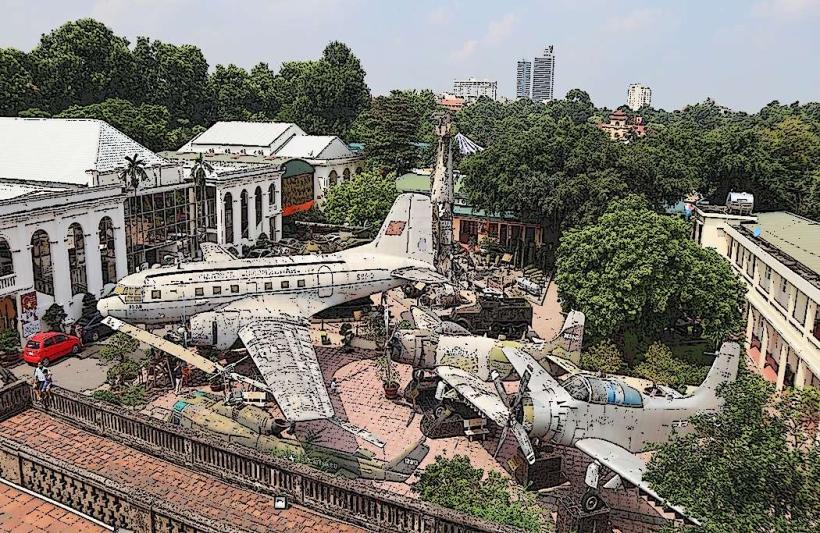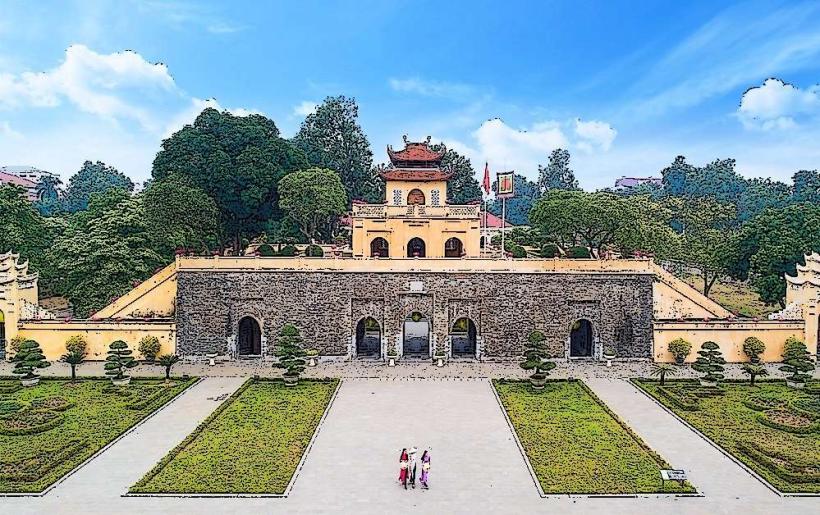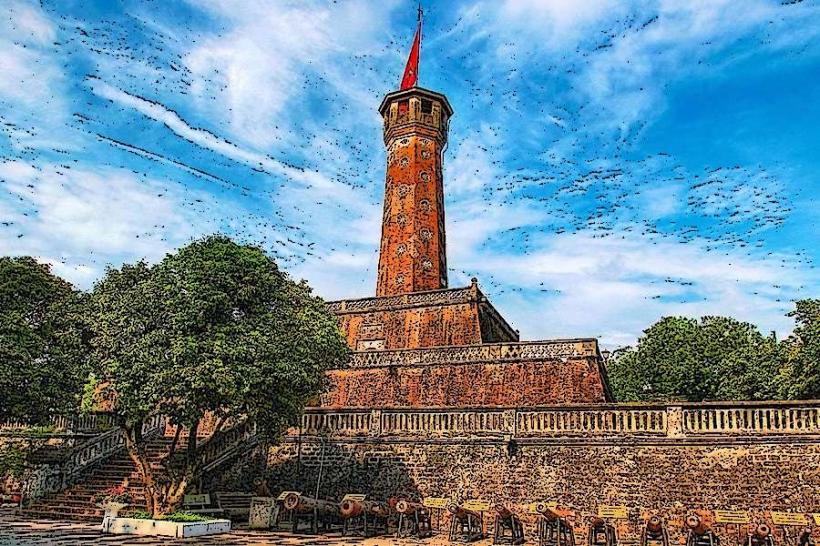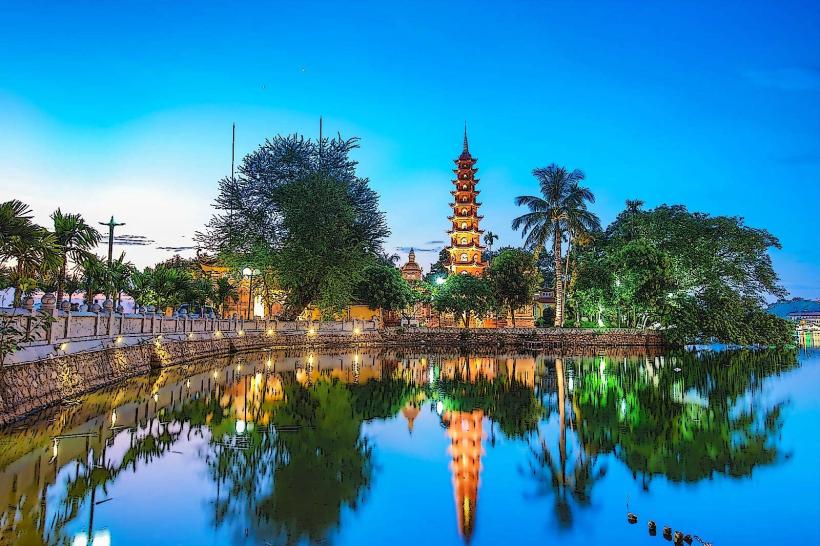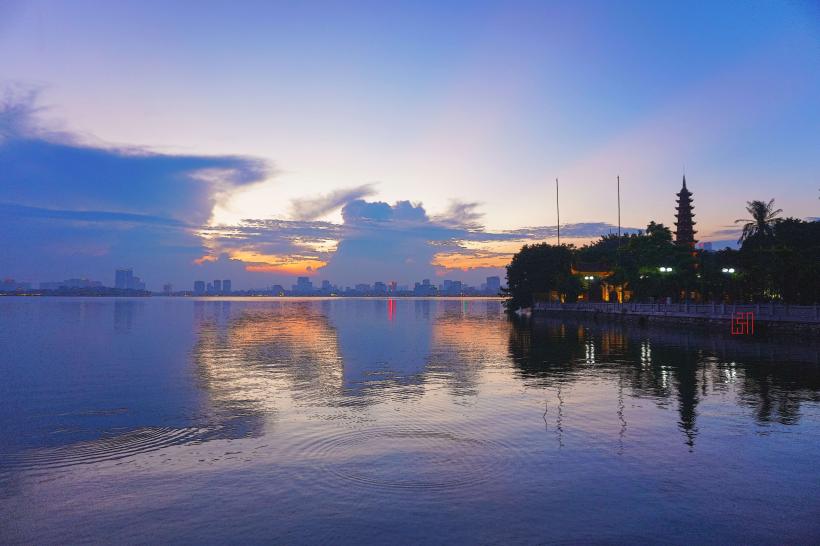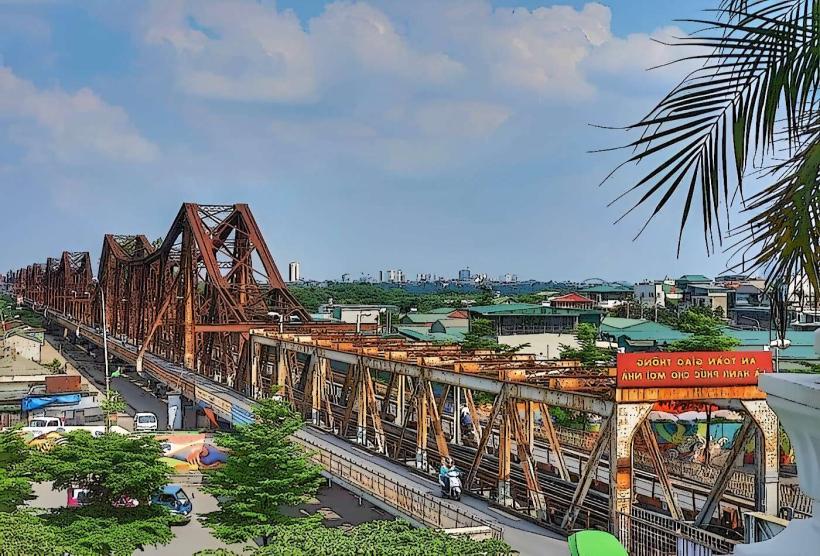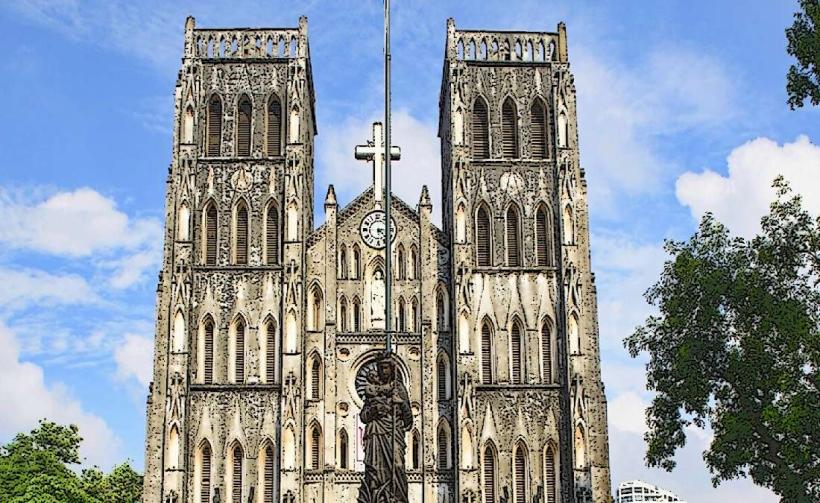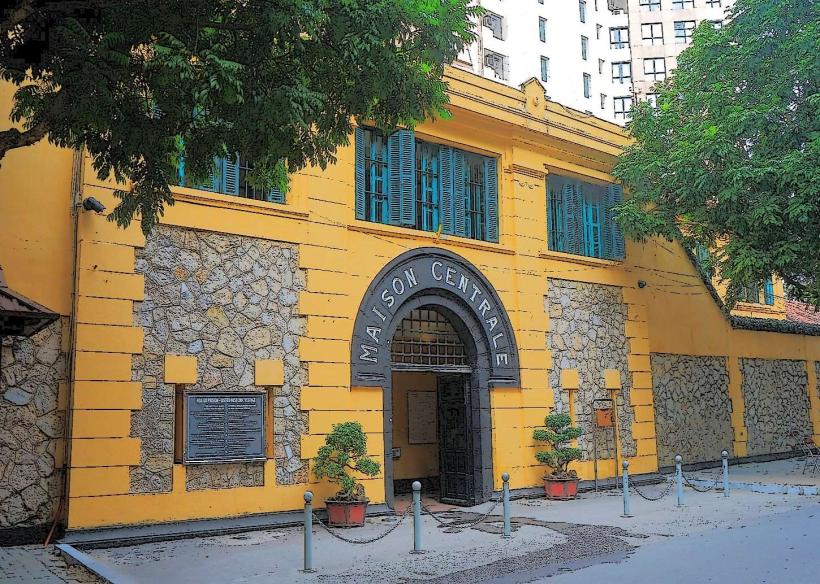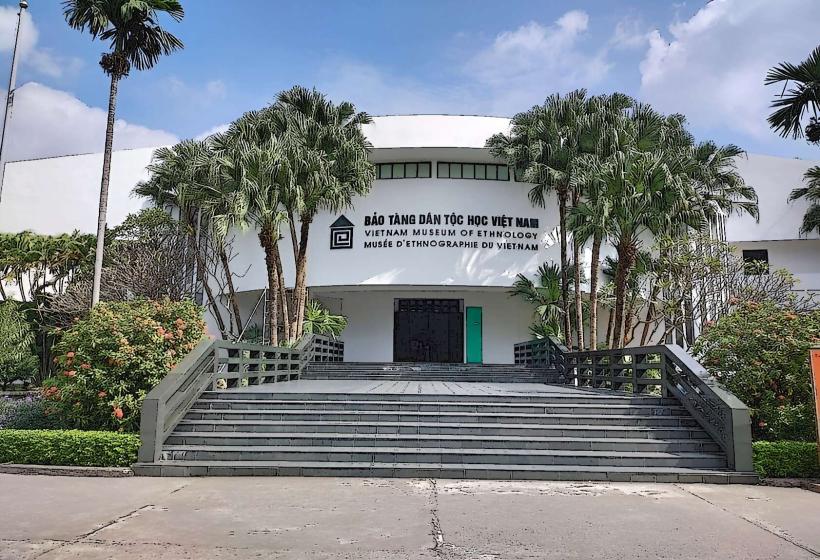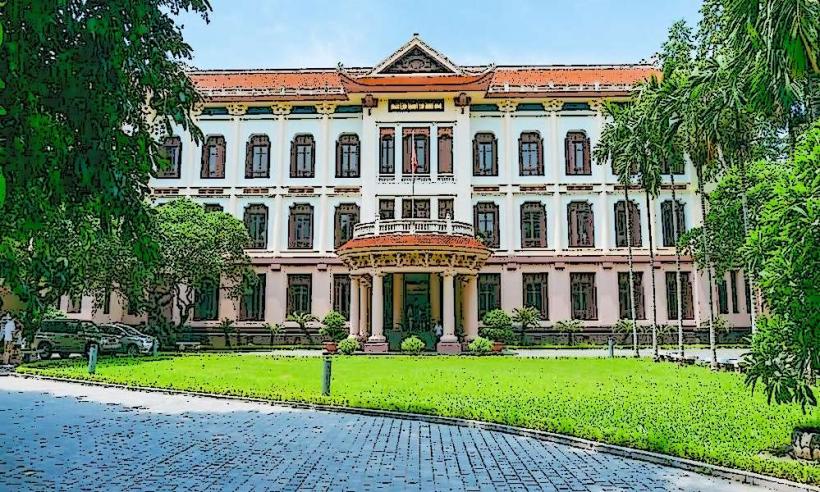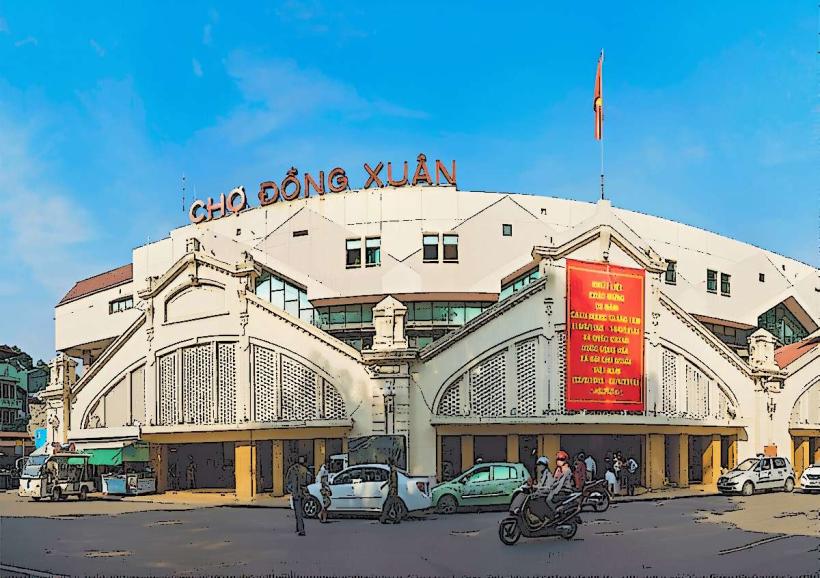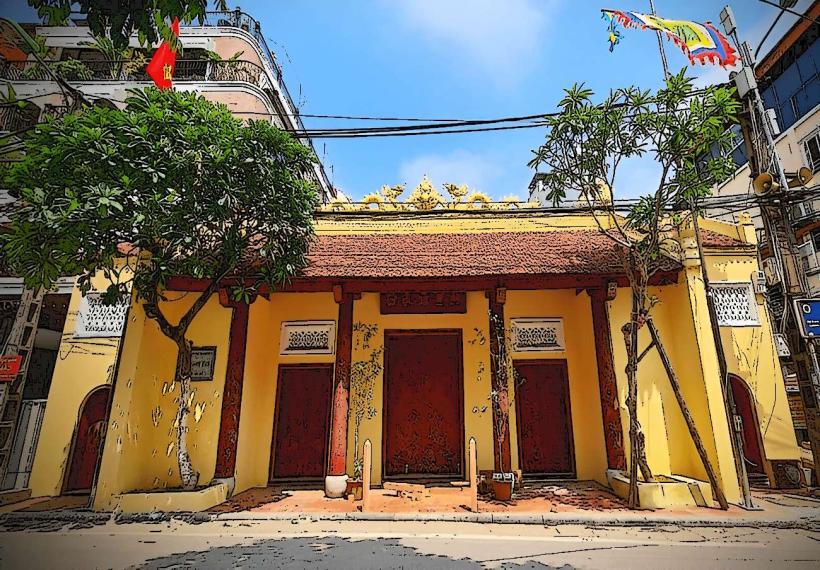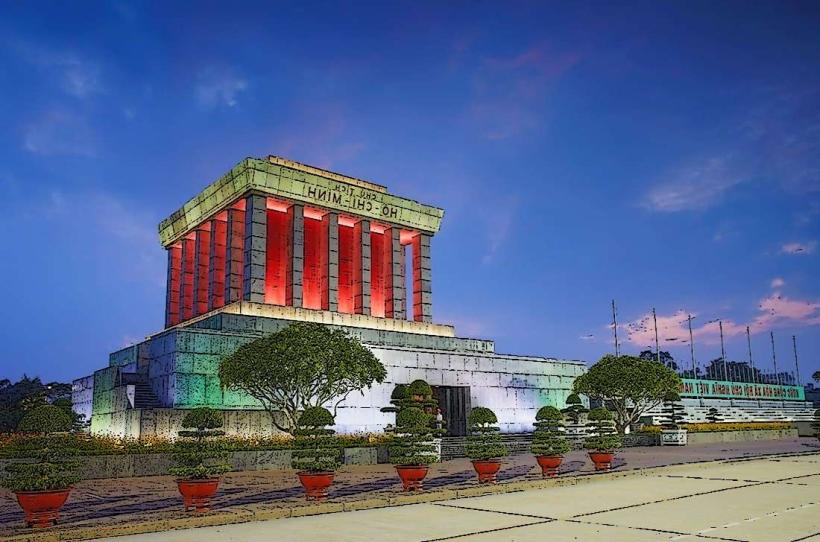Information
Landmark: Hanoi Opera HouseCity: Hanoi
Country: Vietnam
Continent: Asia
Hanoi Opera House, Hanoi, Vietnam, Asia
Overview
The Hanoi Opera House (Nhà Hát Lớn Hà Nội) stands among the city’s most striking landmarks, its pale yellow walls and ornate balconies showcasing elegant French colonial design, and it still hums with life as a hub for Hanoi’s cultural scene, besides it stands as a reminder of Hanoi’s colonial past, and today its stage hosts everything from opera and classical concerts to ballet, with velvet curtains rising on countless live performances.The Hanoi Opera House, built by the French during the colonial era, offered the European elite in Vietnam a grand stage for concerts and plays, its pale yellow façade gleaming under the tropical sun, then work started in 1901 and wrapped up a decade later, in 1911, guided by the grand design principles of Paris’s Palais Garnier, whose sweeping marble staircases inspired the building’s form.Colonial Influence: The French built the opera house to showcase their culture, its white stone columns rising like a piece of Paris in the heart of Vietnam, not only that it was first meant to host Western-style shows and bring a taste of European culture to the center of Hanoi, where shining lights spilled across the stage.The opera house’s design showcases the Beaux-Arts style, with its sweeping symmetry, bold proportions, and ornate carvings that catch the light like fine lace, alternatively over the years, the Hanoi Opera House has stood at the center of Vietnam’s history, hosting moments from the days of French colonial rule to the tense years of the Vietnam War, when its steps echoed with the sound of marching boots.When the French departed in the mid-20th century, the opera house buzzed with Vietnamese music, dance, and other cultural performances, simultaneously it closed for repairs more than once-especially in the years after the war-yet the building still stood as a proud symbol of Hanoi’s cultural heritage, its historic stone steps worn smooth by countless feet.The Hanoi Opera House is a stunning work of architecture, its tall white columns and arched windows blending French colonial elegance with subtle Vietnamese touches, alternatively facade and Exterior: The building greets you with a grand neoclassical front-tall, fluted columns rising beside arched windows, their stone frames edged with finely carved sculptures.Wide staircases sweep upward between tall stone pillars, and the moment you step inside, you feel the grandeur waiting beyond, not only that the design takes its cues from the Beaux-Arts movement, echoing the Paris Opera House with sweeping arches and a flair for elegance and grandeur.Facade Details: The balanced front features broad, arched windows where sunlight spills through, casting warm shapes across the interior, likewise the balustrades and columns brim with intricate detail, while the building’s proportions strike a perfect balance, creating a quiet sense of harmony and the sweep of real grandeur.Somehow, A green copper roof caps the building, echoing the elegance of French architecture; over time, the metal has dulled to a soft, mossy patina that deepens its historic charm, as well as step inside the Hanoi Opera House and you’ll find a grand, airy auditorium with red velvet seats, large enough to welcome about 900 guests.Inside, golden chandeliers glint above red velvet curtains, while ornate moldings curve and twist along the walls, what’s more elegant frescoes and intricate patterns sweep across the ceiling, their rich colors casting a quiet air of grandeur and sophistication, slightly Acoustics and Stage: The opera house was designed to match the rich, resonant sound of a grand European theater, so every note-from a whispering violin to a soaring aria-carries clearly through the hall, therefore the stage stretches wide, with room for anything from a sweeping opera to a pounding rock concert or the quiet grace of a ballet, sort of The glow from the balconies and the hidden depth of the orchestra pit give the theater a refined, almost luxurious feel, equally important since it first opened its doors, the Hanoi Opera House has been the city’s beating heart for the performing arts, welcoming Vietnamese legends and international stars to its vivid, echoing stage.Opera and Classical Music: The opera house began as a stage for French-style shows, but over time it’s grown into a home for all kinds of classical concerts and grand operas, from delicate string quartets to booming full orchestras, not only that it’s welcomed international opera troupes and symphony orchestras, along with Vietnamese artists whose voices can fill the hall like warm brass.The venue has also hosted traditional Vietnamese music and theater, including classical opera (Cải lương) with its shimmering silk costumes and vibrant melodies, then ballet and dance have filled the Hanoi Opera House for years, from graceful Swan Lake leaps to the sharp, pulsing moves of contemporary productions.Several Vietnamese dance companies call it home, and its wide stage-glowing under the lights-sets the perfect scene for intricate choreography and breathtaking performances, while cultural Events: Along with music and theater, the opera house hosts art shows with vivid canvases, film nights, and lively public talks.This lively venue celebrates the arts and opens its doors to cultural exchange, where Vietnam meets the world over shared music, vibrant colors, and conversation, then the opera house often comes alive with shows featuring Vietnamese artists and visiting talent from around the world, making it a vibrant hub for cultural exchange.It also hosts events that showcase Hanoi’s vibrant arts scene, from intimate gallery openings to lively street performances, and helps cement the city’s rising status as a cultural capital in Southeast Asia, after that the Hanoi Opera House sits in the heart of Hoan Kiem District, its pale yellow façade drawing visitors who wander the city’s bustling streets.Opera House Square sits at 1 Trang Tien Street, right in a wide, open plaza lined with shops, cozy cafés, and bustling restaurants, not only that the area buzzes with both tourists and locals, and the square in front of the opera house draws people together to chat and snap photos under its sweeping stone arches.Curiously, The opera house sits just a short meander from Hoan Kiem Lake, where the water shimmers green under the afternoon sun, and it’s one of Hanoi’s most cherished landmarks, to boot it’s easy for opera house visitors to pair their trip with a stroll by the lake, where the water glints in the afternoon light.The area brims with historic landmarks and elegant French colonial facades, and you can wander past cafés spilling the smell of fresh bread into a bustling mix of shops and restaurants, as well as the Hanoi Opera House rises as a vivid reminder of the city’s colonial past, when French rule echoed through its grand halls and the scent of fresh baguettes drifted along the streets.Curiously, It stands in sharp contrast to the weathered tile roofs of the ancient Quarter, offering a rare glimpse of how European style has shaped the city’s design, in addition in recent years, workers have carefully restored the Hanoi Opera House, polishing its ornate balconies and gilded trim, while upgrading the building to meet modern international standards.These updates keep the building vibrant and ready, making it one of Vietnam’s finest spots for a night of live theatre or music, after that tourism and Education: Beyond hosting performances, the opera house draws visitors from around the world, many pausing on its wide stone steps to snap a photo, relatively Visitors can join a guided tour, hear stories of the building’s past, trace the curves of its ancient stone arches, and discover its area in the city’s culture, as a result with its sweeping arches and sunlit halls, the building’s grand design-along with the stories it preserves-offers a vivid lesson for anyone curious about Vietnamese and colonial history, for the most part Today, the Hanoi Opera House still anchors the city’s cultural life, its white columns glowing in the late afternoon sun.
Author: Tourist Landmarks
Date: 2025-09-16


